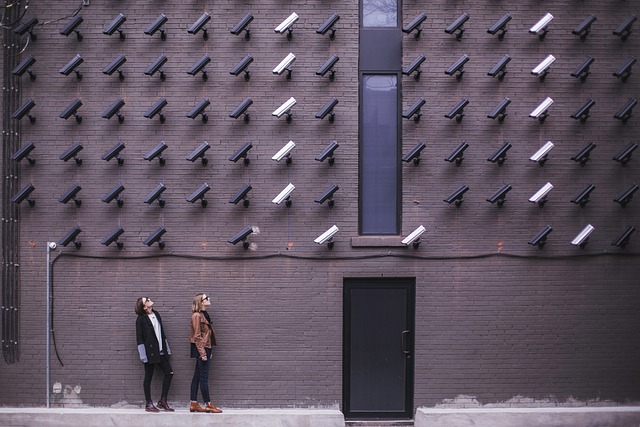A robust CCTV surveillance system requires careful planning and strategic placement of cameras to cover critical areas without blind spots, ensuring clear visibility and comprehensive monitoring. Optimal camera positioning, considering height, angle, and lighting conditions, is essential for high-quality image capture, while selecting between PTZ and fixed cameras, as well as motion-activated or continuous recording, depends on specific needs and storage considerations. Advanced features like WDR for varied lighting, infrared for low-light environments, and AI-powered analytics for real-time threat detection and pattern recognition enhance the effectiveness of surveillance, offering both security benefits and operational insights for businesses. The integration of these technologies necessitates expert guidance to align with compliance requirements and to ensure that infrastructure supports the system's demands. Ultimately, a well-designed CCTV setup not only acts as a deterrent but also provides reliable evidence, informs decision-making, and optimizes security and efficiency across various sectors.
Securing premises with effective CCTV surveillance requires strategic placement and setup. This comprehensive guide delves into the nuances of optimal CCTV camera positioning and advanced techniques to bolster monitoring and recording quality. From understanding the fundamentals of CCTV surveillance to integrating AI and analytics for proactive security measures, we explore the critical factors that enhance coverage and deterrence. Enhance your surveillance system’s capabilities and safeguard your assets with our expert advice on camera placement and setup.
- Understanding the Basics of CCTV Surveillance Camera Placement
- Key Factors Influencing Optimal CCTV Camera Positioning
- Strategic Camera Setup for Maximum Coverage and Deterrence
- Advanced Techniques for Enhanced CCTV Monitoring and Recording Quality
- Integrating AI and Analytics into Your CCTV Surveillance System for Proactive Security
Understanding the Basics of CCTV Surveillance Camera Placement
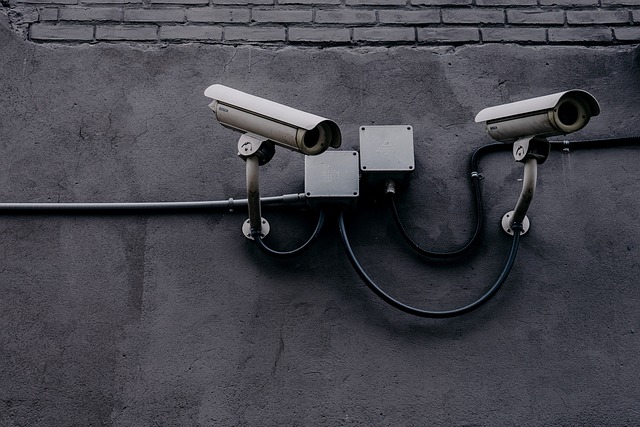
When installing CCTV cameras for effective surveillance, it’s crucial to understand the environmental factors and the field of view each camera will cover. Proper placement ensures that all critical areas are within the camera’s range, allowing for clear visibility and effective monitoring. Cameras should be positioned to avoid blind spots and to capture a wide yet discernible area, which is essential for identifying individuals or activities. A well-planned CCTV system incorporates cameras at strategic heights and angles, ensuring that lighting conditions do not hinder image quality. This attention to detail enhances the surveillance capabilities of the system, deterring potential threats and providing evidence should an incident occur.
In addition to physical positioning, considering the type of camera is also vital; for instance, PTZ (Pan-Tilt-Zoom) cameras can cover larger areas dynamically, while fixed cameras offer a static view ideal for monitoring access points or entrances. The choice between motion-activated and continuous recording capabilities depends on the surveillance needs, balancing storage requirements with the necessity to capture events as they unfold without interruption. Understanding the interplay between camera type, field of view, and environmental factors is key to a robust CCTV surveillance system that provides peace of mind and security.
Key Factors Influencing Optimal CCTV Camera Positioning
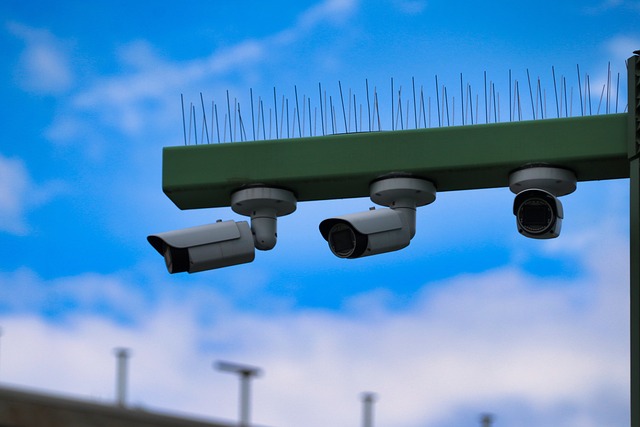
When positioning CCTV cameras for optimal surveillance coverage, several key factors must be considered to ensure effective monitoring and data capture. The first factor is the vantage point, which dictates the camera’s view of critical areas. Cameras should be placed at heights that allow for a clear view over obstructions while avoiding blind spots. The second factor involves understanding the field of view and the camera’s lens capabilities. A precise calculation of the area to be covered is necessary to determine the appropriate lens, ensuring that the surveillance coverage is neither too narrow nor too wide, thus capturing all relevant details without unnecessary expanses. Additionally, the placement should account for the traffic patterns and activities within the monitored space; this dynamic aspect ensures that the cameras can capture incidents as they unfold, providing valuable footage for security personnel or authorities in the event of an incident. The orientation and angle of the camera lenses are also crucial; they must be aligned to prevent subjects from being obscured by overhangs or reflective surfaces like glass. Incorporating these considerations into the CCTV setup process is essential for effective surveillance and should be guided by a clear understanding of the environment and the specific security goals at hand.
Strategic Camera Setup for Maximum Coverage and Deterrence
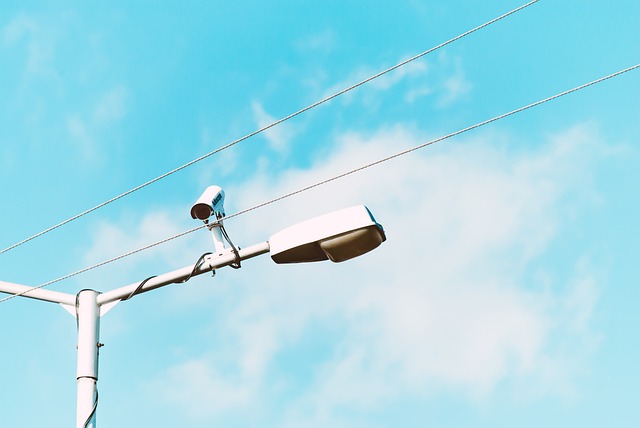
When implementing a CCTV surveillance system for maximum coverage and deterrence, strategic camera placement is paramount. Positioning cameras at vantage points that overlook entry and exit points serves as an effective visual barrier, deterring potential intruders from ever crossing that threshold. Cameras should be installed at various heights to cover blind spots effectively, ensuring no area remains unmonitored. A well-planned CCTV setup not only captures activities within its frame but also communicates a strong message of vigilance and security to any observer.
In addition to strategic placement, the angle and orientation of each camera are crucial for comprehensive surveillance. Ensure that cameras have a clear line of sight, avoiding direct sunlight or areas with heavy shadows, which can obstruct visibility. Motion-activated lighting in conjunction with CCTV can enhance both coverage and deterrence, as it illuminates areas when movement is detected, further increasing the effectiveness of your surveillance system. By integrating these elements thoughtfully, businesses and homeowners can create a robust security infrastructure that deters crime while providing valuable footage for any unfortunate incidents.
Advanced Techniques for Enhanced CCTV Monitoring and Recording Quality
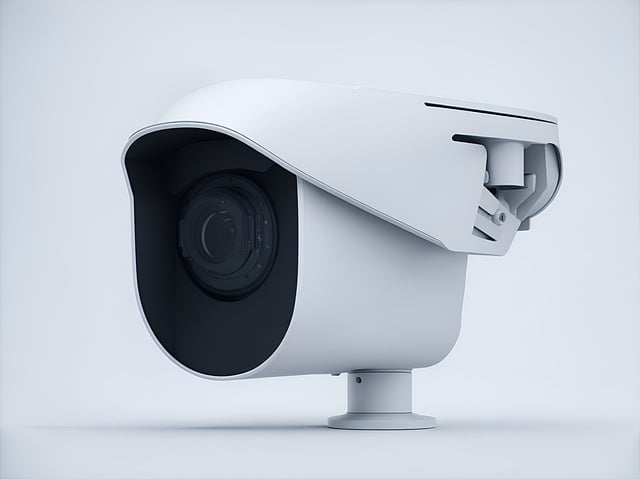
In the realm of advanced CCTV systems, enhancing monitoring and recording quality is paramount for effective surveillance. High-definition cameras with resolutions of 4K or higher should be deployed to capture crisp, clear footage. Positioning these cameras optimally is essential; they should have a clear line of sight without blind spots, often achieved by adjusting the tilt and pan functionality. Additionally, employing wide-dynamic-range (WDR) technology can mitigate issues with overexposure or underexposure in varying lighting conditions, ensuring high-quality footage around the clock. Infrared capabilities are also crucial for effective monitoring during low-light or nighttime conditions, allowing for continued surveillance without interruption.
For those looking to elevate their CCTV setup further, the integration of advanced analytics software can transform raw footage into actionable insights. This technology can differentiate between moving vehicles and pedestrians, reducing false alarms and enhancing the efficiency of security personnel. Motion tracking and facial recognition are additional features that can be utilized for targeted surveillance, enabling rapid identification and response to incidents. It is advisable to consult with a professional to tailor these technologies to the specific needs and layout of the area being surveilled, ensuring the best possible outcomes for your CCTV monitoring and recording quality.
Integrating AI and Analytics into Your CCTV Surveillance System for Proactive Security
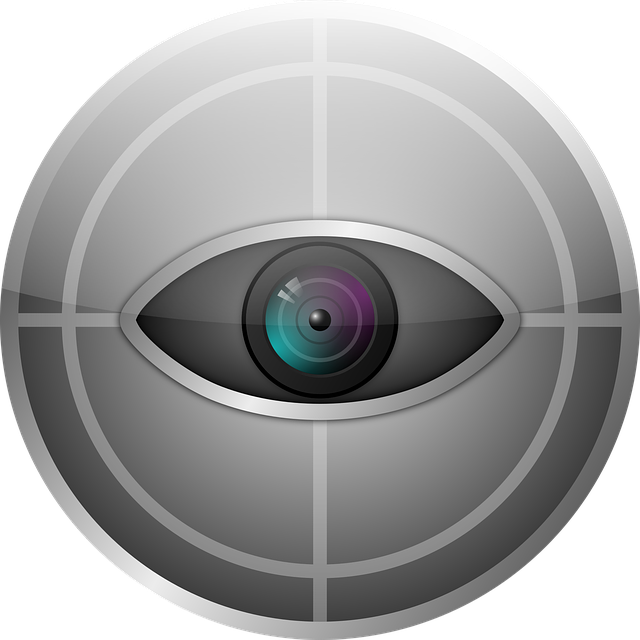
Integrating Artificial Intelligence (AI) and analytics into your CCTV surveillance system can significantly enhance the proactive security measures of any premise. AI algorithms can process vast amounts of video data from your cameras in real-time, identifying patterns that may indicate potential threats or security breaches. By setting up your CCTV system with intelligent software, you enable it to analyze scenes, detect anomalies, and even recognize faces or license plates. This proactive approach not only deters criminal activity but also streamlines the process of incident detection and response, ensuring that security personnel can address issues as they arise with greater efficiency.
Moreover, analytics capabilities within a CCTV system can provide valuable insights into customer behavior and operational efficiencies beyond just security. For instance, retail environments can analyze shopper traffic to optimize store layouts or inventory placement. The integration of such advanced technologies should be planned carefully, considering factors like the types of cameras required, their placement for optimal coverage, and the infrastructure needed to support real-time data processing. It’s crucial to work with experienced security professionals who understand both the technological aspects and the regulatory requirements when implementing these systems. With the right setup, your CCTV surveillance system can become a versatile tool for enhancing safety, efficiency, and decision-making across various sectors.
In conclusion, mastering the placement and setup of your CCTV system is pivotal in bolstering your security posture. By considering the basics of CCTV surveillance camera placement, strategically positioning cameras for optimal coverage and deterrence, and embracing advanced techniques for improved monitoring and recording quality, you can significantly enhance your surveillance capabilities. Integrating AI and analytics further elevates your CCTV system’s efficiency, enabling proactive security measures rather than relying solely on reacting to incidents. It’s clear that a well-designed CCTV setup is not just about having cameras in place; it’s about creating a comprehensive surveillance strategy that deters crime, captures critical footage, and leverages intelligent technology to predict potential threats. Remember to regularly review and update your CCTV system to adapt to evolving security challenges and ensure the protection of your assets and personnel.
